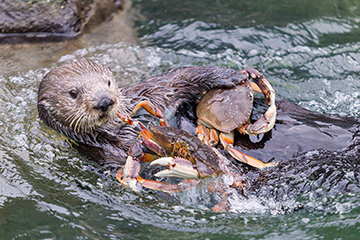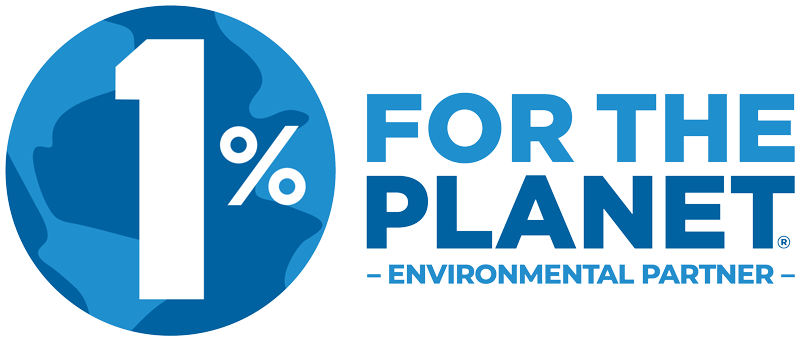
Chapter 5: Ecosystem Effects of Sea Otters

Beyond species-specific considerations, any reintroduction effort must consider ecosystem-level implications. Sea otters can greatly affect the environment they live in. As sea otters have been reintroduced or naturally recovered in other coastal areas of North America, they have substantially disturbed the structure and dynamics of nearshore food webs. Some of these effects are perceived as beneficial to people, and others are perceived as negative.
The influence of sea otters on coastal ecosystems is one of the most well-known and well-documented examples of a trophic cascade (the complex network of consumer-prey interactions, from apex predators at the top of the food web to plants at the bottom). The top-down effects of sea otters on coastal ecosystems result mostly from the direct limiting influences of sea otters on their macroinvertebrate prey and through the indirect knock-on effects on other species and ecological processes.
Key Quote
“In kelp forest systems, the influences of trophic interactions between sea otters and their prey spread through the interaction web via several pathways. The most widely studied and well-known pathway is from sea otters to herbivorous macroinvertebrates (primarily urchins) to kelp and other macroalgae (Estes and Palmisano 1974, Duggins 1980, Breen et al. 1982, Estes and Duggins 1995, Watson and Estes 2011, Burt et al. 2018). … Otters’ indirect effects on coastal ecosystems can also follow … pathways other than the otter-urchin-kelp trophic cascade. For example, … Vicknair and Estes (2012) found that sea otters preyed on predatory sea stars, thereby reducing sea star populations and associated mortality rates from sea star predation on filter-feeding mussels and barnacles.”
Key Terms
Click on the following key terms used on this web page to see their definitions on the glossary page:
Learn More
- Chapter 1 – Intro
- Chapter 2 – Prior History
- Chapter 3 – Population impacts
- Chapter 4 – Genetic considerations
- Chapter 5 – Ecosystem effects
- Chapter 6 – Habitat suitability
- Chapter 7 – Socioeconomics
- Chapter 8 – Admin/legal issues
- Chapter 9 – Logistics
- Chapter 10 – Health & welfare
- Chapter 11 – Stakeholder issues
- Chapter 12 – Conclusions
- Appendices: ORSO app, maps



